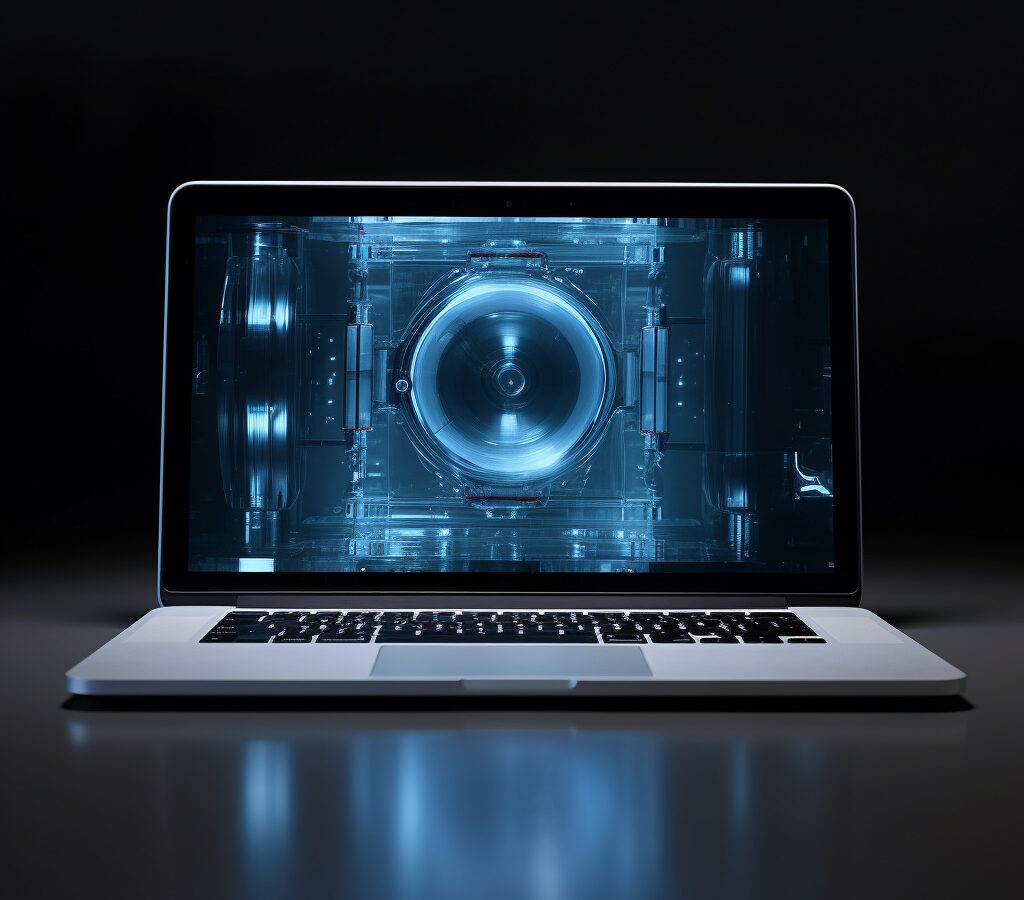In today’s digital age, the need to monitor and safeguard our digital devices has become paramount. Whether you’re a concerned parent, a suspicious partner, or an employer ensuring productivity, knowing how to spy on a MacBook can be a valuable skill. Referencing our previous discussion on safeguarding online privacy and security on MacBooks, let’s delve into the world of MacBook surveillance.
Why Spy on a MacBook?
MacBooks, like all digital devices, can be a treasure trove of information. From personal chats to work emails, browsing history to downloaded files, a MacBook can reveal a lot about its user. Monitoring such activities can provide insights into a person’s behavior, intentions, and habits.
Tools of the Trade: Spyware for Mac
Spyware is specialized software designed to covertly monitor and record a device’s activities. For MacBooks, several spyware tools can be used, each offering a unique set of features tailored to various surveillance needs:
- Spyrix: This versatile tool is not just a simple keylogger. It offers real-time remote monitoring, allowing users to view activity logs from any device with internet access. Additionally, it can capture screenshots at specified intervals, providing visual evidence of user activity. Its social media monitoring feature is particularly useful for tracking conversations on platforms like Facebook and WhatsApp.
- FlexiSPY: Often regarded as one of the most powerful spyware tools available, FlexiSPY offers advanced features such as call interception and ambient listening. For Mac users, it can capture both sides of chats from popular messaging apps, record VoIP calls, and even provide detailed application usage reports.
- Spyera: Beyond its ability to track FaceTime video calls, Spyera stands out with its live call recording feature. It also offers a unique keylogger that can capture passwords even if they’re masked. Its alert wizard can notify you of specific keywords or if the device enters a particular location.
- Hoverwatch: While primarily known as a keylogger, Hoverwatch offers more than just keystroke capturing. It can take screenshots whenever a mouse is clicked, providing context to the captured text. Its invisible mode ensures that the software remains undetected, even by tech-savvy users.
The Big Question: Can MacBooks Be Tapped?
While Apple products are renowned for their security, they aren’t impervious. With the right tools or technical knowledge, one can spy on a MacBook without the user’s knowledge. However, there are ways to detect and counter such intrusions.
Detecting Spyware on Your MacBook
While spyware is designed to operate covertly, there are several methods to detect its presence:
- Activity Monitor: This built-in tool in Mac provides a comprehensive overview of all running processes. Any unfamiliar or suspicious app running in the background could be potential spyware. To use the Activity Monitor effectively, regularly check the CPU and Memory tabs. Spyware often consumes more resources, causing noticeable system slowdowns.
- Recent Items Check: Spyware might access certain files or applications to gather data. By checking the ‘Recent Items’ under the Apple Menu, users can identify any unfamiliar accessed items, which could hint at potential spyware activity.
- Startup Apps: Many spyware tools are designed to start automatically upon boot-up to ensure continuous monitoring. By checking the ‘Login items’ under ‘System Preferences’, users can identify any unfamiliar apps that start up with the MacBook. If an unknown application is set to launch at startup, it warrants further investigation.
- Network Activity: Spyware needs to send the data it collects back to its operator. Using tools like “Little Snitch” can help monitor outgoing network connections. Any unusual or unexpected outbound connections, especially to unknown servers, could be a sign of spyware transmitting data.
Safeguarding Your MacBook
- Avoid Spam Links: Refrain from clicking on suspicious links or downloading attachments from unknown sources.
- Regular Updates: Ensure your MacBook is updated to the latest software version.
- Install Anti-Virus: While Macs come with XProtect, installing a third-party reliable anti-virus, like Norton, BitDefender, McAfee, can provide an added layer of security.
Final words
While the digital age offers unparalleled convenience, it also brings with it challenges in privacy and security. Being informed and vigilant can go a long way in ensuring one’s digital safety. Whether you’re looking to monitor a MacBook or ensure yours is secure, knowledge is your best defense.

